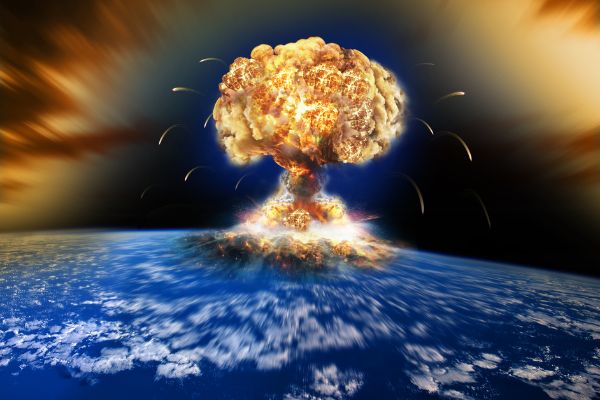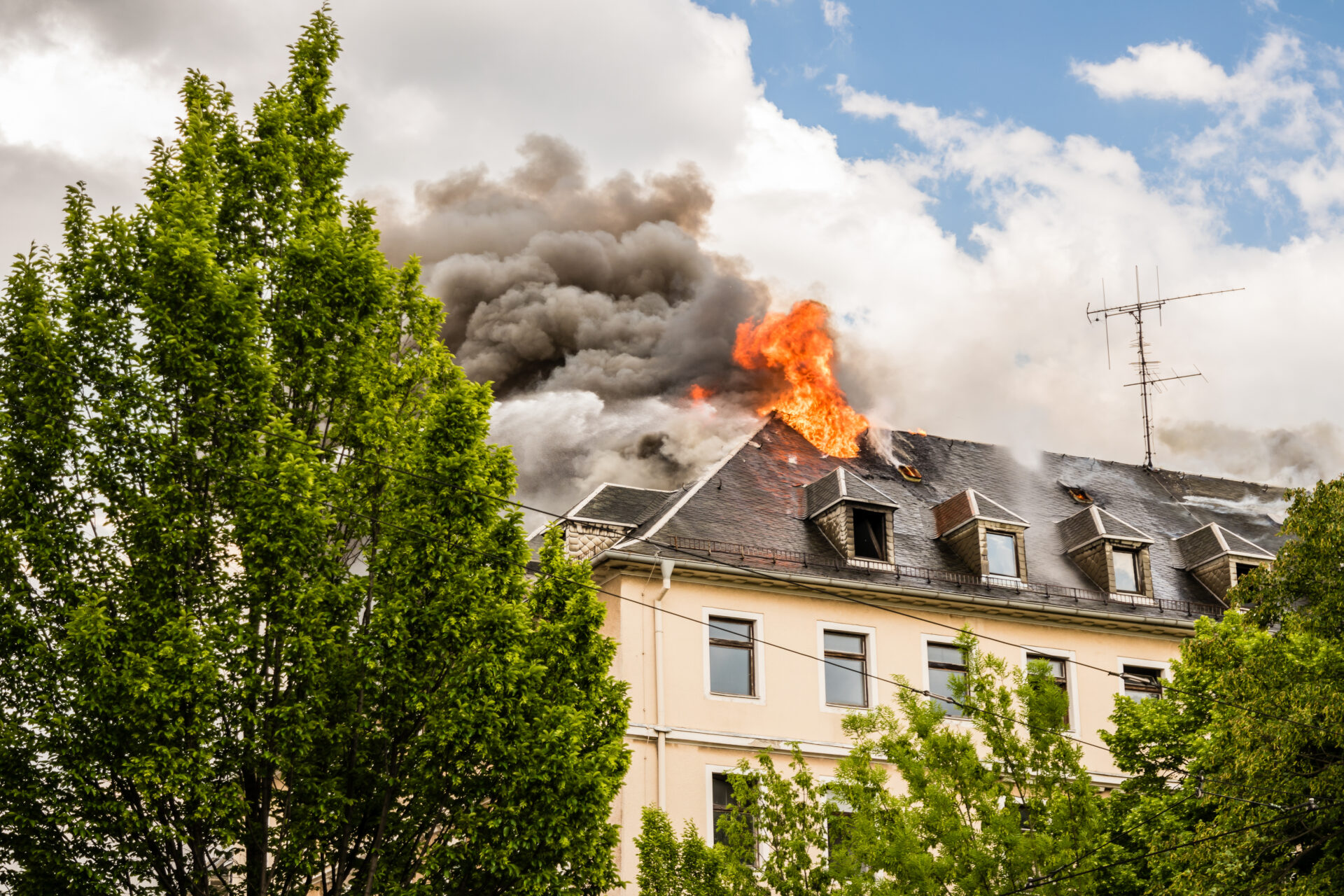The recent attack in the Red Sea involving the U.S. Navy warship USS Carney and multiple commercial vessels represents a significant escalation in the maritime conflicts linked to the ongoing Israel-Hamas war. This incident, reported by the Pentagon and covered by AP, highlights the growing tensions in the Middle East, particularly in the strategic maritime regions.
The USS Carney, an Arleigh Burke-Class guided-missile destroyer, was involved in the incident, which reportedly began near Sanaa, Yemen. While details about the attackers or whether the USS Carney returned fire are not yet clear, the involvement of a U.S. Navy warship in such an attack is a matter of serious concern.
This attack follows an incident three weeks prior, where the USS Carney intercepted and destroyed several land attack cruise missiles and drones launched by the Iranian-backed Houthi forces in Yemen. This action by the USS Carney was a response to the increasing hostilities in the region and served as a demonstration of the U.S.’s capability and commitment to protecting its interests and allies in the Middle East.
The Pentagon has not specified the origin of the latest attack on the USS Carney and the commercial vessels. However, the British military’s report of a suspected drone attack and explosions in the Red Sea adds another layer of complexity to the situation.
The involvement of the Houthis, an Iranian-aligned group controlling much of Yemen’s Red Sea coast, is particularly notable. Last month’s seizure of an Israeli-linked cargo ship by Houthi terrorists further underscores the heightened risk in the region’s maritime routes.
These developments in the Red Sea, involving direct attacks on U.S. military assets and commercial shipping, point to a broader pattern of instability in the Middle East. The situation demands close monitoring and potentially robust responses to ensure the safety of international shipping lanes and the stability of the region. The U.S. Navy’s presence and actions in the area are crucial in maintaining a balance of power and protecting against further escalations in this volatile region.






![[Watch] Top Democrat Admits What No One Else Will](https://www.sonsof1776.com/wp-content/uploads/Depositphotos_294909958_XL.jpg)